Mazda RX-7: Great cars of the '70s
 Mazda RX-7: Great cars of the '70s
Mazda RX-7: Great cars of the '70s

 Mazda RX-7: Great cars of the '70s
Mazda RX-7: Great cars of the '70s

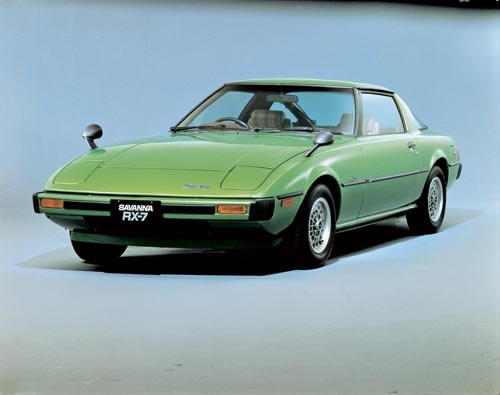 Mazda RX-7: Great cars of the '70s
Mazda RX-7: Great cars of the '70s

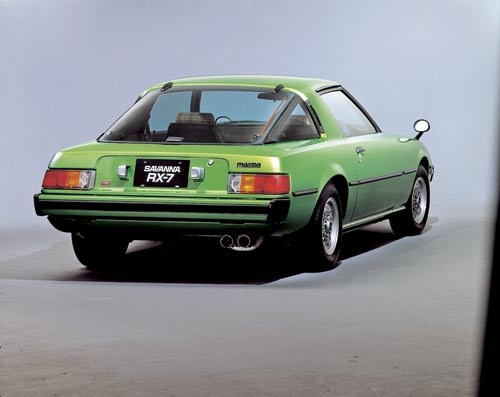 Mazda RX-7: Great cars of the '70s
Mazda RX-7: Great cars of the '70s

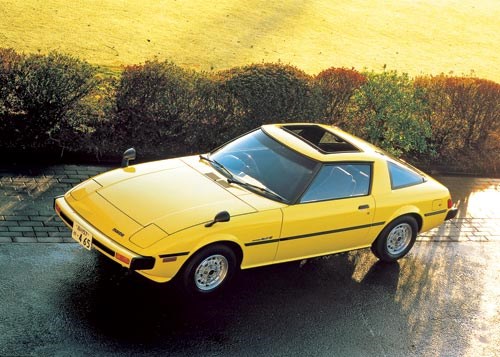 Mazda RX-7: Great cars of the '70s
Mazda RX-7: Great cars of the '70s

 Mazda RX-7: Great cars of the '70s
Mazda RX-7: Great cars of the '70s
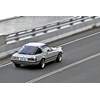
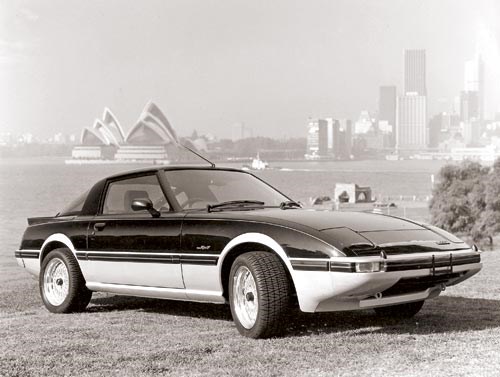 Mazda RX-7: Great cars of the '70s
Mazda RX-7: Great cars of the '70s

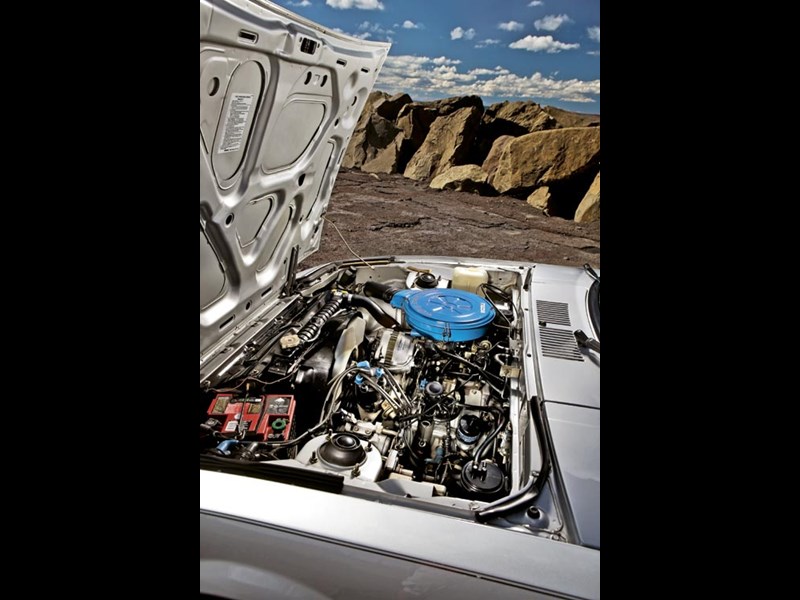 Mazda RX-7: Great cars of the '70s
Mazda RX-7: Great cars of the '70s

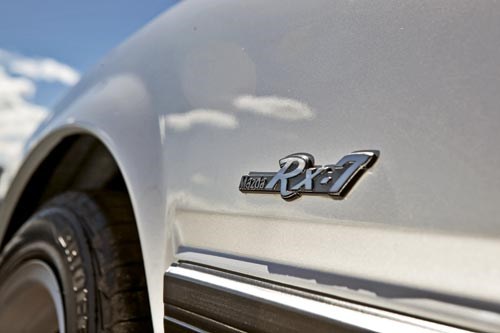 Mazda RX-7: Great cars of the '70s
Mazda RX-7: Great cars of the '70s

 Mazda RX-7: Great cars of the '70s
Mazda RX-7: Great cars of the '70s
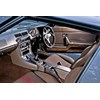
 Mazda RX-7: Great cars of the '70s
Mazda RX-7: Great cars of the '70s
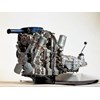
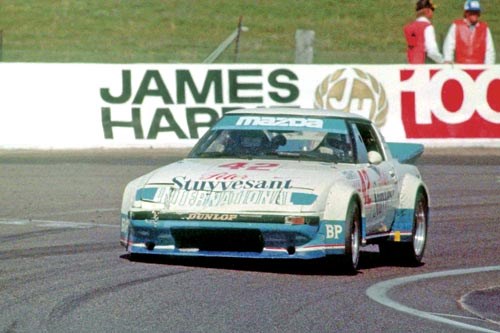 Mazda RX-7: Great cars of the '70s
Mazda RX-7: Great cars of the '70s


|
|
Mazda RX-7: Great cars of the '70s
|

|
|
Mazda RX-7: Great cars of the '70s
|

|
|
Mazda RX-7: Great cars of the '70s
|

|
|
Mazda RX-7: Great cars of the '70s
|

|
|
Mazda RX-7: Great cars of the '70s
|

|
|
Mazda RX-7: Great cars of the '70s
|

|
|
Mazda RX-7: Great cars of the '70s
|

|
|
Mazda RX-7: Great cars of the '70s
|

|
|
Mazda RX-7: Great cars of the '70s
|

|
|
Mazda RX-7: Great cars of the '70s
|

|
|
Mazda RX-7: Great cars of the '70s
|

|
|
Mazda RX-7: Great cars of the '70s
|
At an automotive low point, Mazda's RX-7 and its unlikely Wankel rotary reignited sports car fever

|
|
Mazda RX-7: Great cars of the '70s
|
Mazda RX-7
COME IN SPINNER
Given how much the motoring world had changed for the worse by 1978, it’s almost impossible to believe that the original Mazda RX-7 could have been as pure and good as it was.
Remember the context? There was little talk of sports cars. Until the 1970s the term had usually entailed convertibility. Sports cars with fixed roofs were called GTs, or maybe hot hatches after Volkswagen created the formula with its Golf GTI.
Safety legislation had effectively rendered convertible cars dead. Cadillac promoted its 1976 Eldorado as "the last American convertible" (and had to fight off a class action after reintroducing the convertible in 1983). The gutsy convertible Triumph TR6 had been replaced by the fixed roof TR7. And no-one ever quite saw the Jaguar XJS coupè as a legitimate successor to the illustrious E-Type.
Nevertheless most enthusiasts were happy to acknowledge the TR7, production of which began in September 1974, as a sports car; perhaps because the glory days already seemed to be behind us.
Anti-emissions legislation was hitting performance levels hard. This was an international phenomenon but the local ADR 27A legislation was tougher than some European standards and many imported cars had to be equipped with an air pump to pass. That law came into effect on 1 July, 1976 and probably the least convincing example of meeting it while retaining good performance and driveability was the HX Holden, which could barely reach 130km/h with its 3.3 litres of stifled six-pot engine.
But Toyo Kogyo, maker of Mazda cars, had long done things its own way. Having obtained rights to the radical Wankel rotary engine, TK made a success of it, unlike NSU. It took a while and the early rotary engines had seal problems but the engineers just kept working on every problem until they found a solution.
By 1978 when TK launched its RX-7 those engine durability issues were a thing of the past; the rotary engine had realised its potential and now got the dedicated sports car it deserved.
Even though the RX-7 had a resolutely attached roof, its engine was pure sports car and so was its handling and low-slung appearance. In a number of respects the RX-7 may be seen as a faster MX-5, 11 years ahead of its time. The rotary Mazda ran the standing 400 metres in 17.4 seconds, the same as a 4.2-litre V8 Commodore manual.
Unsurprisingly, Wheels rated the new Mazda best in a four-car comparison with the runners up (in order) being the Alfa Romeo GTV 2000, Porsche 924 and Datsun 280ZX. There were few negatives, perhaps the main one being a deficit of feel in the manual recirculating ball and nut steering.
As for the boon of the unique rotary engine, Wheels said: "It is quite impossible to separate the Mazda’s engine from the way it performs on the road, it is such an integral part of RX-7 as to make a version of the car with a conventional engine unimaginable." I guess you could say the same thing about a Subaru WRX but we’d be a decade and a half ahead of ourselves.
Given Toyo Kogyo’s extensive development of the Wankel engine, in hindsight it’s surprising that – other than the Cosmo 110S – it had not had a sports car home before 1978, instead having taken up position underneath the bonnets of a stream of basically boring sedans and their coupè derivatives.
Could it have been that the Toyo Kogyo management team was determined to get the rotary engine absolutely right before launching it in a flagship car? The 12A was certainly improved over previous applications, notably in the RX-2, RX-3 and early versions of the RX-4 (with RE12 badging). For the new sports car it had five more (SAE) brake horsepower at 100. Considerable attention had been paid to the design of the rotor housings, seals and the rotors themselves, as well as much of the ancillary equipment.
Refinement of the conventional had long been something of a science among Japanese carmakers. The RX-7 was a case in point because once you’d gone past the Wankel engine, the specification was surprisingly ordinary. Six years after the Alfetta was launched with rack and pinion steering, a De Dion rear-end and four-wheel disc brakes, the RX-7 persisted with a steering box and rear drum brakes. The steering was much better than on previous Mazdas, thanks to a broader shaft which reduced distortion and improved feel. The live rear axle was located by Watts linkage with coil springs as on the RX-5, which the RX-7 nominally superseded. Gas-filled dampers were also fitted.
Previous rotary-engined Mazdas had always had the US customer in mind. Indeed, the RX-5 had been specifically designed to suit what the TK people believed were US tastes. These preferred subjects, however, were notably unimpressed and largely stayed away. More than any other single factor, the failure of the RX-5 (‘Cosmo’ in the US) galvanised the decision makers at TK headquarters in Hiroshima to focus on a sports car "of international flavour that would look equally at home in Stuttgart, Arkansas or Stuttgart, Germany".
A second factor was the immediate success of the Datsun 240Z everywhere it was offered. Interestingly, none of the cars inspired by the Z (itself a poor man’s E-Type Jaguar or Porsche) in the years before the RX-7 was as successful. Count ’em: Porsche 914, Fiat X1/9, Triumph TR7.
The VW-based Porsche 914 won initial enthusiasm which soon waned. The X1/9 was better but would-be buyers had to wait too long to see anything like the power its brilliant chassis deserved. The Triumph TR7 – never less than strange looking even in polite society – embodied the compromises that were British Leyland. Nice idea, shame about the execution.
When President Yoshiki Yamasaki announced that the history of the sports car market was a "study in frustration and compromise" at the RX-7’s launch, he would certainly have had the agreement of Leyland’s Lord Stokes among others.
The RX-7 was created under the project name X605 with the key parameter that, wherever possible, RX-3 or similar componentry was to be used. Weight distribution was to approach 50:50 and the centre of gravity kept low. Rakish, low-slung styling to clothe a commodious cabin, good luggage space and the right performance/economy trade-off told most of the remaining tale.
As if emphasising the pure sports car theme, all RX-7s exported to the US were two-seaters, like the MG TC three decades earlier, though a rear seat was available from Mazda dealers at extra cost, but all RX-7s sold in Oz could accommodate two hefty adults in the front and one wide-eyed grown-up or a couple of kids in the rear.
The first upgrade came in October 1979 when superior trim was slipped into the cockpit, but bigger change was coming for 1980’s Series II. We got the GSL variant with standard rear discs and fuel economy was better, due to replacing the thermal reactor with a catalytic converter.
By October 1983 the US market was receiving 13B-powered P132 cars, but we still got the 12A in what was known locally as the Series III. Power steering was an option for the first time. The wheels were up to 14 inches and the interior was reworked with a three-spoke steering wheel in front of a new instrument panel and improved controls.
The premium Series III variant was the Limited, its plushness seemingly at odds with its sporty character. Two-tone paint, ritzy trim, fast glass and air-con moved the RX-7 towards the 280ZX/300ZX market. Involved in a five-car Wheels test in 1984, we pitted the Limited against Alfa GTV6, the first Celica-based Supra, new 300ZX and the Mitsubishi Starion.
While my favourite was the quirky Alfa coupè with its delectable engine, I rated the RX-7 the only real sports car of the quintet. By 1984 it was somewhat outclassed on performance but the original design’s purity shone through brightly.
ROTARY ROAD
Toyo Kogyo signed its licensing deal with NSU, who had the rights to the Wankel rotary engine, in February 1961. Dr Felix Wankel had secured his first patent for the engine in 1929.
On 30 May, 1967, Toyo Kogyo introduced the Mazda Cosmo Sport 110S after six years of development. This one did not go the way of NSU’s breathtakingly radical and breathtakingly unreliable Ro80 which would be launched 15 weeks later. "Look down on the ground!" implored the Mazda spiel. "It’s a bird! It’s a plane! No, it’s Super Car!"
The Cosmo was built in small numbers to showcase this new technology; the next step was to incorporate the rotary engine into mainstream models. First came the R100, a rotary-powered 1200 coupe by another name, 642 examples of which were sold locally from April 1969. To put this number into perspective, total international exports of the 110S had been 19.
These first two rotary Mazdas used the 10A engine with nominal capacity of 491cc for each of the twin engine chambers but the 1970 (Capella-based) RX-2 was the first with the 12A (2 X 573cc). Equivalence with conventional engines is arrived at by doubling the capacity, putting the 10A just under 2.0 litres and the 12A at 2292cc, but I can’t think of any 1970 2.3-litre car that could rival the RX-2. The coupe variant was ultra-cool.
The Mazda 808 and RX-3 (10A) were launched in 1971 and, like the RX-2, the RX-3 came in four-door and coupe versions. The 12A engine was offered in the RX-3 in 1974.
By that time the larger RX-4 with its 12A engine had been around for a year and that car was the first to be powered by the 13B. Its successor – fired at the US but misfiring there – was the RX-5 in 1976, but by then the real deal RX-7 less than one and a half calendars away.
SPECIFICATIONS
1978 Mazda RX-7
Engine: 2 X 573cc rotors, total nominal capacity 1146cc
Power: 77kW@6000rpm
Torque: 147Nm@4000rpm
Weight: 1070kg
Gearbox: 5-speed manual
Brakes: discs(f)/drums(r)
*****
More reviews:
> World's Greatest Cars: Mazda MX-5
Search used:
Unique Cars magazine Value Guides
Sell your car for free right here
Get your monthly fix of news, reviews and stories on the greatest cars and minds in the automotive world.
Subscribe

.jpg)







.jpeg)


.png)



